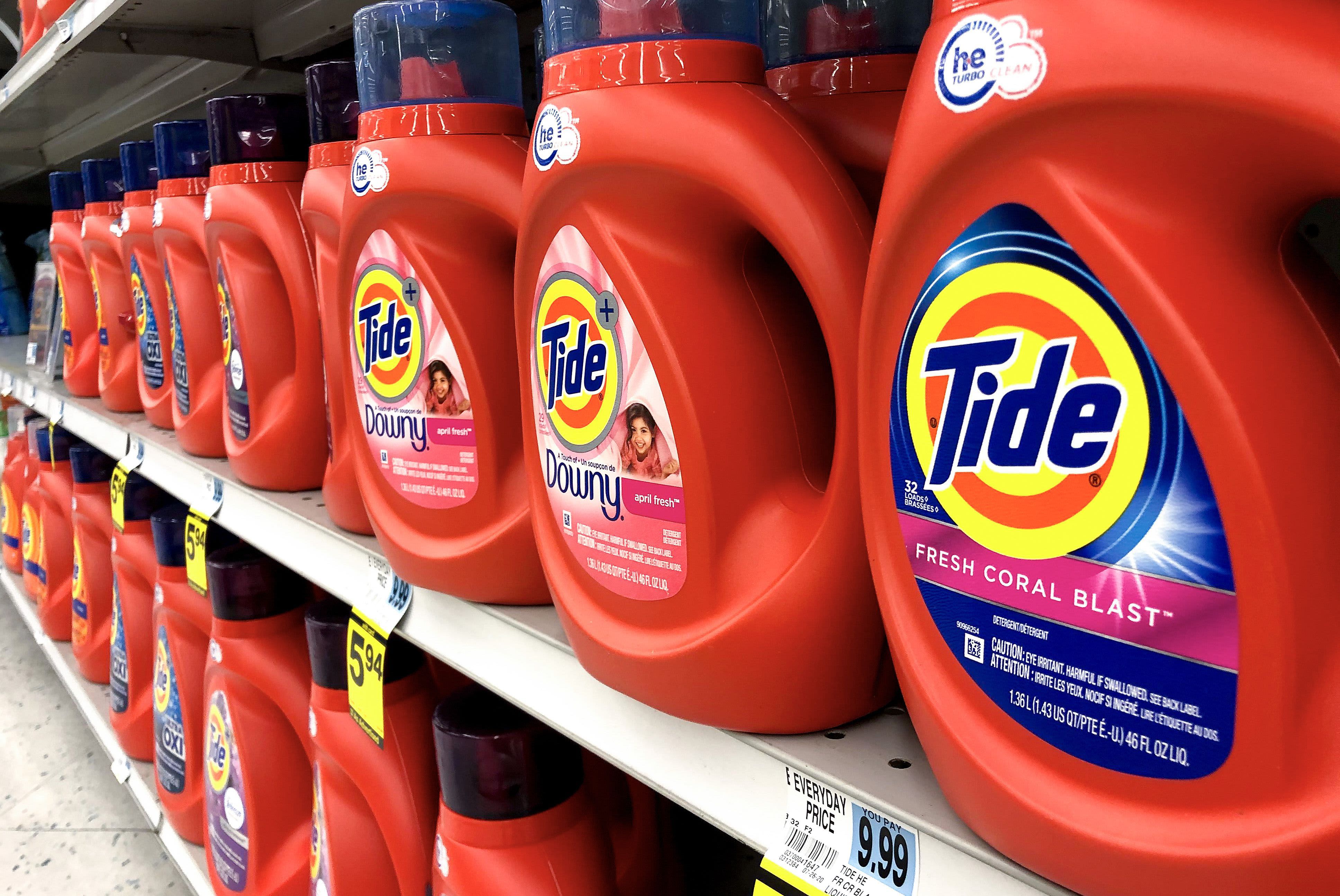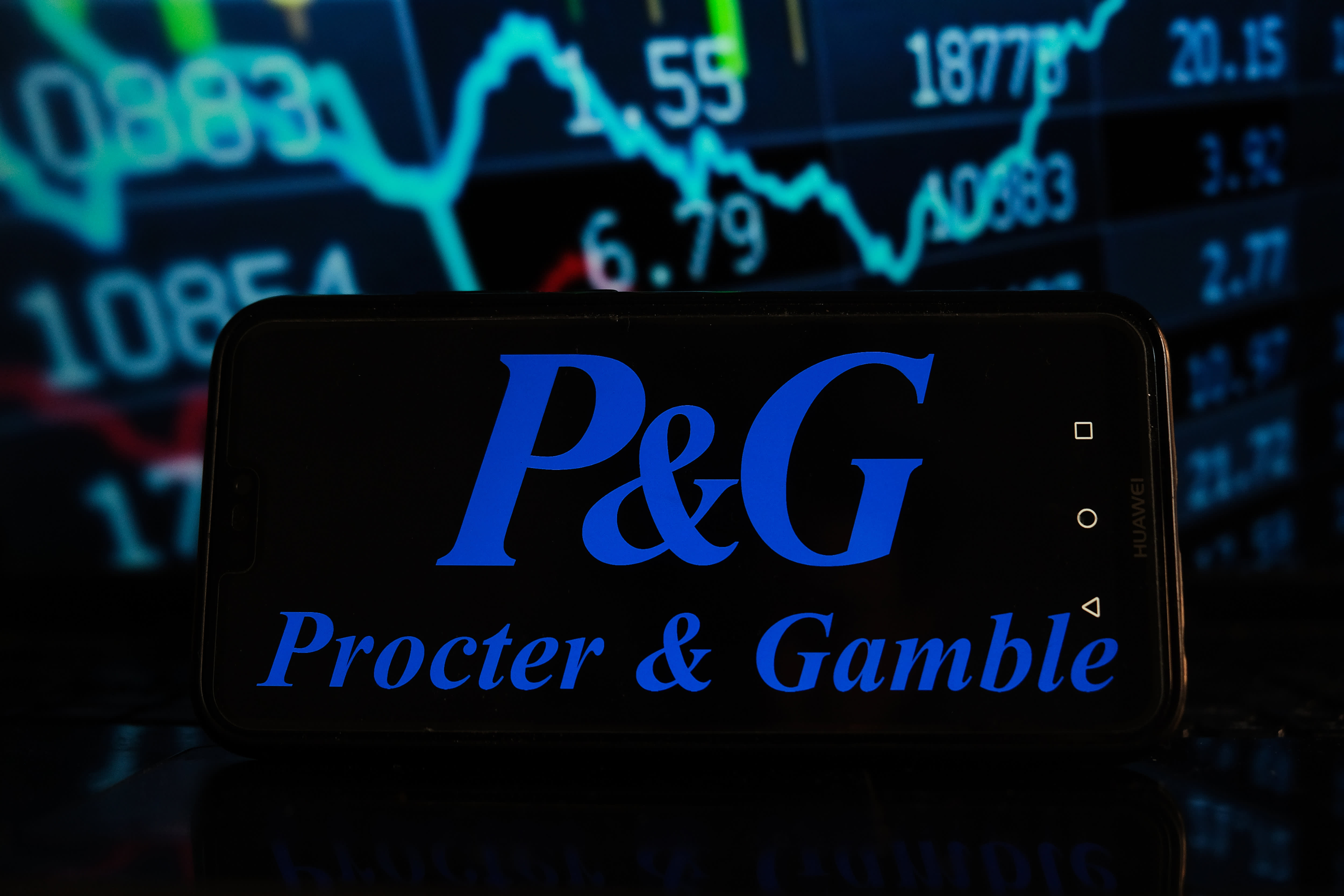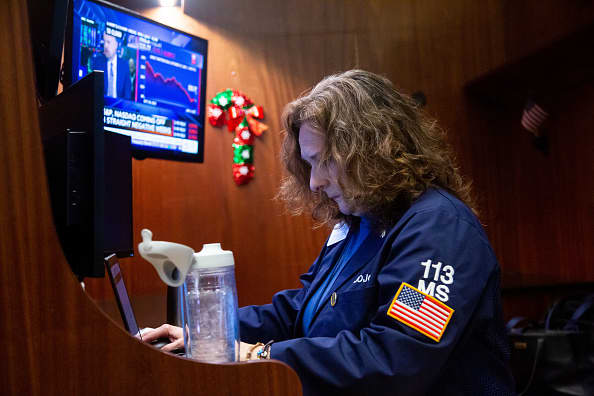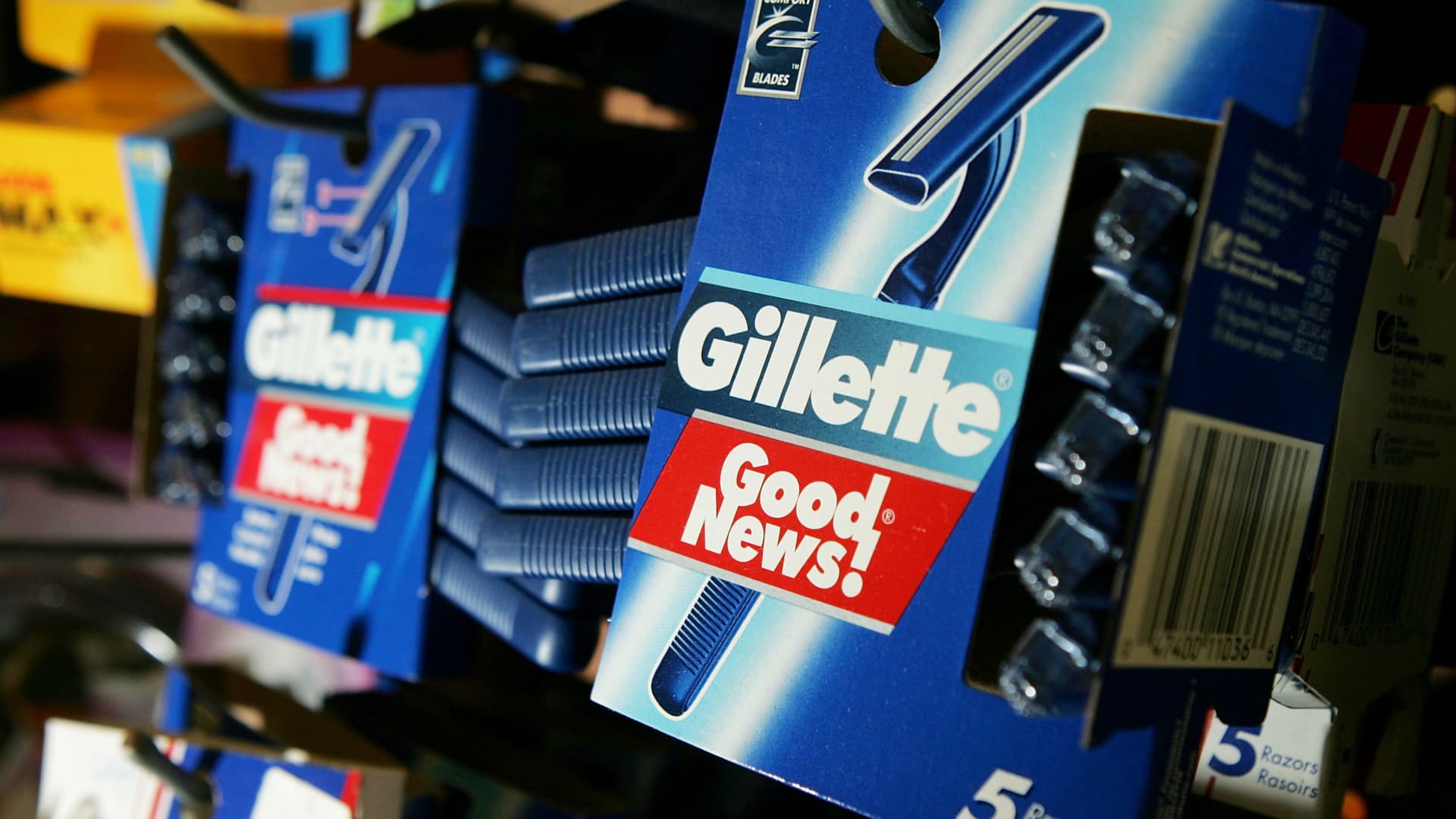Products You May Like
Procter & Gamble reported year-over-year declines in revenue and profit on Thursday, as higher prices look to offset declining sales volumes and foreign exchange headwinds.
Here’s how P&G performed in its fiscal second quarter of 2023 compared with what Wall Street anticipated, based on an average of analysts’ estimates compiled by Refinitiv:
related investing news






- Adjusted earnings per share: $1.59 versus an expected $1.59
- Total revenue: $20.77 billion versus expected $20.73 billion
For the three-month period ended Dec. 31, the company reported net income of $3.9 billion, or $1.59 per share, excluding items, down from $4.22 billion, or $1.66 per share, a year earlier.
Net sales fell to $20.77 billion, a 1% decrease from the previous year, which topped analyst’s projections of $20.73 billion.
The company’s organic revenue, which excludes the impact of foreign currency, acquisitions and divestitures, increased 5% during the fiscal second quarter. That rise was a result of higher pricing, which outweighed shrinking consumer demand.
All of the company’s divisions reported declining sales volume in the quarter, despite seeing increases in organic sales as a result of higher pricing. Its grooming division, which houses brands like Gillette and The Art of Shaving, and which has historically underperformed for the company, reported no sales growth — its volume declines completely canceled out its higher prices.
P&G executives noted on a call with the media that consumer demand is responsible for at least half the 6% sales volume decrease. The remaining volume decline was due to reining in business in Russia as the war in Ukraine persists, along with inventory reductions in China, its second-biggest market, as Covid lockdowns disrupted the region.
As China loosens its Covid restrictions, the market is primed for a rebound. P&G’s chief financial officer, Andre Schulten, expects that the country’s reopening will return the market to mid-single-digit growth.
“When exactly that happens is hard to predict,” Schulten said on the media call.
The Cincinnati-based consumer goods giant, which owns brands like Crest toothpaste, Tide laundry detergent and Pampers diapers, forecast in October alongside its first-quarter report a $3.9 billion hit to its fiscal year 2023 due to “unfavorable” foreign exchange rates and pricier raw materials, commodities and freight. As a result, the company lowered its guidance, despite posting a solid first quarter.
The company now anticipates headwinds of $3.7 billion for the remainder of its fiscal year, it said Thursday, marking a slight improvement. But it warned those headwinds would continue to squeeze P&G’s gross margins, which saw a 160 basis point decrease during the second quarter versus a year ago.
P&G is doubling down on its price hiking strategy even as shrinking consumer demand continues to erode sales volume. Schulten said consumers have reacted to price hikes “generally better than expected,” especially in nondiscretionary categories like feminine care and cleaning supplies.
“Consumers don’t stop washing their hands or doing their laundry,” Schulten said.
The company will further increase prices in the coming months.
P&G slightly lifted its outlook for 2023 sales growth to a range of 4% to 5% from a prior range of 3% to 5%. The company lowered its estimated impact of foreign exchange to 5% from 6%.
The company does not expect that the mild improvements on foreign exchange in the short term will impact its bottom line. Instead, Schulten said on a call with analysts that the extra cash flow will be directed toward reinvesting in parts of the business, some of which it slashed in previous quarters.
For example, P&G tightened its marketing budget for laundry detergent last quarter due to supply chain issues. This quarter, the company touted marketing as a driver of growth.
It attributed growth in its baby-care brands, which was up 10% in the U.S., to the fact that it has “completely shifted the way they run their media.” It has transitioned away from TV marketing to digital platforms in order to better target consumers with babies.
Still, as the macroeconomic backdrop appears to improve, P&G remains cautious heading into its second half.
“The world seems to want everything to be better, as do I,” said CEO Jon Moeller on the analyst call. “That’s really not the reality. … It’s not the time to be taking guidance to the top range of possibility.”
